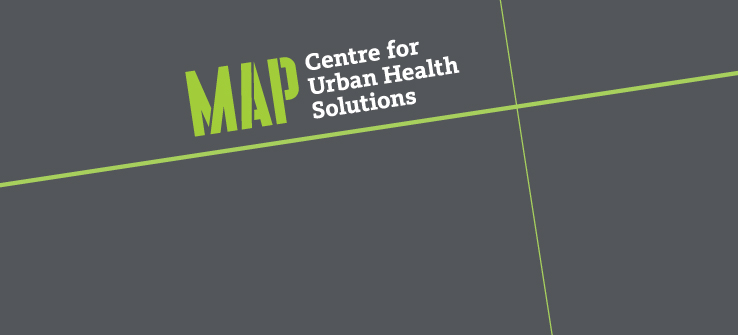From the Toronto Star article
While dropping mask mandates and vaccination passports in Ontario may be a sign the worst of the pandemic is behind us, a steady stream of deaths from COVID-19 — 366 in the last month alone, according to the province’s latest data — is a reminder that the province has yet to escape the deadly virus.
The same week the province removed mandatory masking, Ontario saw 56 COVID deaths including Thompson’s, primarily in people over the age of 60. And in the three weeks since the province ended its proof-of-vaccination program, 329 people have died.
Dr. Sharmistha Mishra, an infectious disease physician and mathematical modeller at St. Michael’s Hospital, a part of Unity Health Toronto, said tracking COVID deaths is critical for understanding the pandemic — and to guide policy changes to help prevent more people from dying.
She and her team have analyzed COVID deaths and hospitalizations and found the disease disproportionately impacts those living in the province’s lowest-income neighbourhoods.
“This suggests our (COVID) interventions are working for higher-income neighbourhoods. But they are not reaching those who live in the lowest-income neighbourhoods,” she said.
This stark trend continued into the fourth and fifth waves and is apparent even when accounting for underlying health conditions, said Mishra, who holds a Canada Research Chair in Mathematical modelling and Program Science.
In Waves 4 and 5, the 20 per cent of the Ontario population who live in the highest-income neighbourhoods died of COVID at half the rate as compared to the 20 per cent of the population who live in the lowest-income neighbourhoods. This is according to data analyzed by Mishra and presented in the Ontario COVID-19 Science Advisory Table’s March 17 update.
“When you look at this data, it begs the question: for whom have we flattened the curve?,” said Mishra, noting access to testing and COVID therapeutics that can be administered out of hospital, such as monoclonal antibodies, is likely more limited for those in the province’s lower-income neighbourhoods, a point public health officials and policy-makers must consider in the months ahead.
“Deaths hold us accountable … in broad strokes they show us that we have continued to leave communities behind in this pandemic.”

